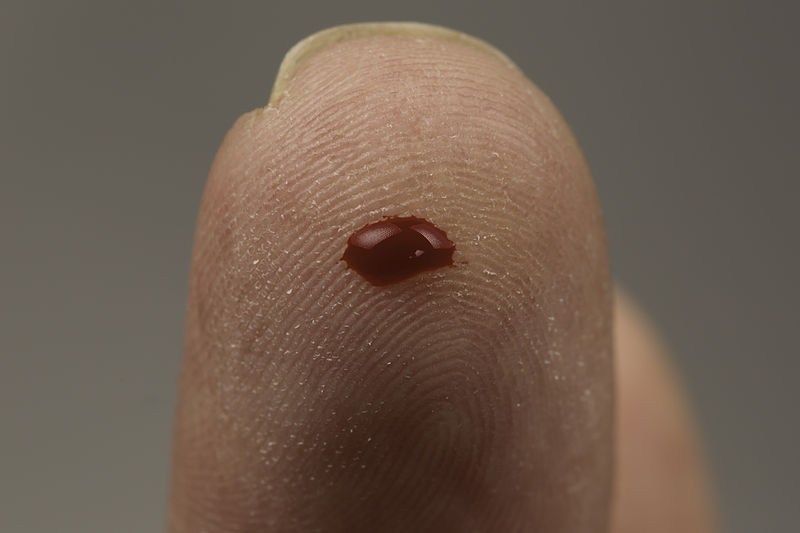The Grim Reality: Threats Facing Coral Reefs
Coral reefs, once vibrant underwater cities teeming with life, face a grim reality. Climate change, pollution, and destructive fishing practices have pushed these vital ecosystems to the brink. Large swaths of coral have succumbed to bleaching, leaving behind desolate underwater wastelands. However, a recent study offers a beacon of hope, demonstrating that even completely dead reefs can be coaxed back to life through a novel technique utilizing steel frames.
Restoring Life: Innovative Techniques and Promising Results
A team of scientists from Indonesia and the United Kingdom reported their findings in Current Biology regarding a project conducted off the coast of Indonesia’s South Sulawesi province. This project, part of the Mars Coral Reef Restoration Program, aimed to revive reefs damaged by blast fishing.
In just four years, the scientists successfully restored the coral reef, demonstrating the promising potential for reviving coral reefs despite the threats posed by climate change and human activities. This achievement offers hope for the future of coral reef conservation as well as restoration efforts worldwide.
Steel Frames and Reef Stars: Tools for Transformation
The research involved deploying specially designed steel structures called “reef stars” on the seabed. These hexagonal frames were coated with sand to mimic a natural reef surface. The frames served a dual purpose: they stabilized loose coral rubble left behind from damaging practices such as blast fishing and provided a firm foundation for transplanting healthy coral fragments.
Hope for the Future of Coral Reef Conservation
The results were impressive. Within just four years, the barren seabed transformed into a thriving coral reef teeming with life. The restored area displayed characteristics indistinguishable from healthy natural reefs, offering a glimmer of hope for the future of coral reefs threatened by climate change as well as human activities.







